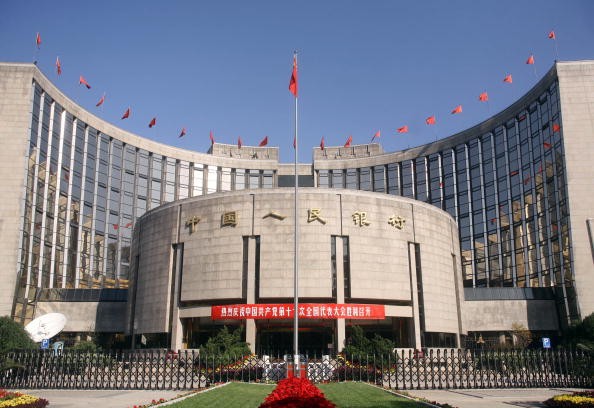On March 15, the Federal Reserve’s rate hike highlighted a subtle shift at China’s central bank. The bank has long been hesitant to be influenced by global counterparts, but now it seems to be in agreement with the U.S., in order to create support for yuan.
The People’s Bank of China has increased the borrowing costs just hours after the Federal Reserve raised interest rates the previous week. The aim is to provide support for yuan by taking control over the interest rate differential and suppressing an outpour in lending that has fuelled financial risk.
Domestic drivers find it difficult to ignore the Federal’s policy path. Substantial monetary spur in the U.S. and around the world since the global financial crisis means decisions in Washington and Frankfurt resound to Beijing in a manner they have not before.
In an interview in Beijing, Nobel laureate Michael Spence, a professor at New York University's Stern School of Business, said that "nobody can just sit there and pretend they're in a different world from what the European Central Bank or the Fed are doing.”
"There's too much money flowing around. You could invent a world in which that would be irrelevant but that's not the world we live in, and I think that's true of every central bank including the PBOC," he added.
According to Chinese officials, Beijing is not following Federal Chair Janet Yellen or anyone else and that the domestic conditions are the major driver for tightening policy.
In a press conference this month, PBOC Governor Zhou Xiaochuan said that the monetary policy is sensible and neutral and would not be changed because of interest rate differentials. Capital has been lured out of China due to higher U.S. interest rates.
"The interest rate differential can always motivate traders to make some short-term transactions, and money will move toward the place with higher interest rates," Zhou said.
"But in the medium term, every country's interest rate is determined by its domestic economic conditions, such as its economic growth, employment, people's confidence in the economy and inflation," he added.
China’s central bank did not give any comment on its monetary policy settings.
The government is determined to deflate a housing price bubble, which is one of the domestic drivers. Last year, 45 percent of new loans went to mortgages, the majority of which are personal mortgages.
Other drivers include rapid increase in factory gate prices and borrowing. According to estimates by Bloomberg Intelligence, the increase has pushed total debt to 258 percent of economic output.
However, some remain skeptical. The lightning quick response to the Federal Reserve shows they have little option but to progress in the same direction. Steady domestic growth and improving market response gives the PBOC and opportunity to tighten through the money markets, without hurting the economy by increasing the benchmark rates.
Wen Bin, an analyst at Essence Securities Co in Beijing, said that "the Fed tightening is the catalyst for China's raising borrowing costs in the open market."
"This situation will continue into the second half as long as China's economy keeps steady," Wen added.
The new policy made by China’s central bank is expected to boost support the yuan and strengthen control over capital outflows.



























